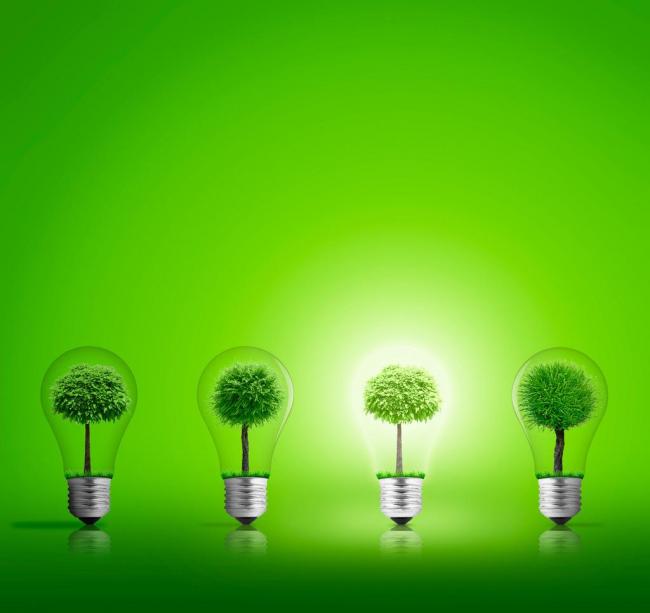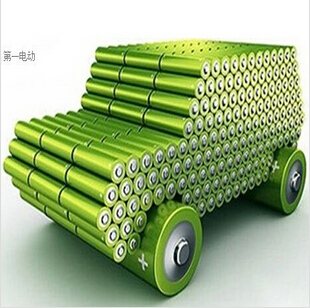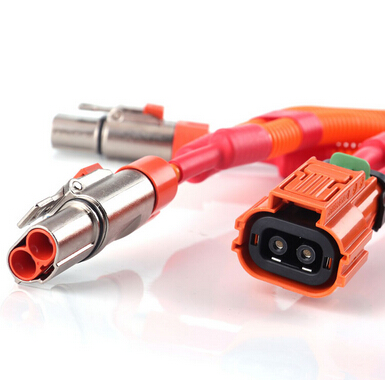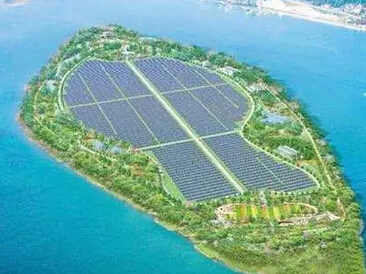Today, under the leadership of the great development of electric vehicles, power battery progress is obvious to all. Now the battery in the market is mainly two, that is, three yuan lithium battery and lithium iron phosphate battery, in addition to the huge potential of solid-state batteries have also been more and more attention.
2017 1-7 batch of new energy vehicles car recommended directory battery accounting analysis:

The state in the strong support of new energy vehicles, only 2017 countries will introduce 16 related policies. And the new energy vehicles are also taking advantage of this rapid development of the wind. The market is expected this year will produce 700,000 new energy vehicles, in order to drive the power battery demand will be further enlarged. But in the downstream raw material prices skyrocketed and the upper reaches of the dual pressure under pressure to adjust the vehicle, the market is expected, after a brief period of hot, cost and technology will make the power battery industry will enter the shuffle period.
One of the major bottlenecks of new energy vehicles is the battery life. In this context, the national "to promote the development of automotive power battery program", "energy and new energy vehicle technology road map" have encouraged the use of high-energy density batteries, the recent "foreign investment industry guidance directory (2017 practice)" The lifting of restrictions on pure electric vehicle joint ventures and the abolition of restrictions on car electronics and power battery stocks, but also to promote the domestic new energy automotive market to promote the use of high-energy density battery an important measure.
At present, most of the domestic new energy vehicles in the use of lithium iron phosphate (BYD-based) and three yuan lithium battery, passenger mileage is basically able to reach 200 km mileage, but the average energy density of the battery system is only 115 Wh / Kg The
In March 2017, the Ministry of Industry and the Ministry of Industry and other four ministries jointly promulgated the "Action Plan for Promoting the Development of Automotive Power Batteries", and pointed out that by 2020, more than 300 Wh / Kg of single lithium ion power pool should be required. / Kg.
Lithium iron phosphate
Lithium iron phosphate batteries using lithium iron phosphate (LiFePO4) as a cathode material.
Lithium iron phosphate crystal in the PO bond is stable, so the zero voltage storage and there will be no leakage, high temperature conditions or overcharge when the security is very high, fast charge, high discharge power, no memory effect, high cycle life, Disadvantages of low temperature performance is poor, the tap density of the material is small, the energy density is low, the product yield and consistency are also questioned.
Lithium iron phosphate batteries need not import raw materials, adequate supply, price stability, the cost is relatively low. Lithium phosphate battery cycle life is much greater than the three yuan lithium battery.
Disadvantages: low temperature conditions (temperature below -10 ℃ below), lithium phosphate battery attenuation is very fast, after less than 100 charge and discharge cycles, the battery capacity will drop to 20% of the initial capacity, basic and cold areas of the use of insulation The. The tap density of the positive electrode material is low, the energy density is low, and the yield and consistency of the product are also questioned.
Lithium iron phosphate battery energy density of 140Wh / kg, has been close to the theory of the ultimate 170Wh / kg.

Three yuan lithium battery
Ternary lithium battery full name is "ternary material battery", generally refers to the use of nickel cobalt cobalt manganate (Li (NiCoMn) O2, NCM) or nickel cobalt cobalt aluminate (NCA) ternary cathode material lithium battery, the nickel Salt, cobalt salt, manganese salt as a three different composition of the proportion of different adjustments, so called "ternary".
Advantages: Sanyuan lithium battery low temperature performance, in -30 ℃ conditions can maintain the normal battery capacity, more adapted to the use of low temperature areas in the north. Ternary battery energy density 180Wh / kg, the future there is a lot of room for improvement.
The nominal voltage can reach 3.6-3.8V, the energy density is relatively high, the voltage platform is high, the tap density is high, the mileage is long and the output power is bigger.
Disadvantages: high temperature conditions, ternary lithium battery ternary material will be decomposed at 200 ℃, under high temperature conditions prone to burning or explosion phenomenon.
From the manufacturing cost point of view, the three yuan lithium batteries necessary cobalt reserves in China less, most of the imports by overseas, subject to market volatility is very large, so the cost of three yuan lithium battery high.
Sanyuan lithium battery products have become more mature, the United States Tesla Model series models have achieved a breakthrough, the Model 3 is about to scale sales, and further demonstrate the feasibility of three yuan lithium battery. Model 3 with a new 21700 battery, compared to 18650 battery in the appearance of variable length, energy density also increased by 20%, single battery capacity up to 3 ~ 4.8Ah, a substantial increase of 35%. There is no doubt that the current three yuan lithium battery is already mainstream products.

Solid state lithium battery
In addition to the market now the mainstream of the three yuan lithium battery and lithium iron phosphate battery, the more and more attention to the solid-state lithium battery is known as the future of the battery star.
The traditional liquid lithium battery is called "rocking chair battery", rocking chair at both ends of the battery positive and negative poles, the middle of the liquid electrolyte. Lithium ions like an athlete, running back and forth at both ends of the rocking chair, lithium ion from the positive to the negative and then to the positive movement of the process, the battery charge and discharge process is completed. The solid-state battery electrolyte is solid, with the density and structure can allow more charged ions gathered at one end, conduction of greater current, thereby enhancing the battery capacity.
From the technical point of view, the three yuan lithium battery energy density is relatively difficult to upgrade, all solid lithium battery energy density, in theory, more feasible. First, solid-state lithium battery voltage platform to enhance the solid electrolyte than organic electrolytes generally have a wider electrochemical window, is conducive to further enhance the energy density of the battery; Second, solid electrolyte can block the growth of lithium dendrite, material application system range To lay the foundation for a new type of lithium battery technology with higher energy density. Third, the current solid-state lithium battery current energy density of about 400 Wh / Kg, estimated maximum potential value of 900 Wh / Kg, more than 100% of the upgrade space.
Solid-state lithium battery in the traditional lithium battery on the basis of the advantages of security, energy density, etc. have made significant progress. At present, the current solid-state lithium battery research and development can provide the energy density of up to 300 ~ 400Wh / kg, which is expected to become the next generation of high energy density power and energy storage battery technology important development direction for the academic and industry consensus The
All in all, lithium iron phosphate technology route is being replaced, three yuan lithium battery technology line has become the mainstream, all solid lithium battery or new lithium-ion battery technology line will gradually replace the three yuan lithium

The future, the new energy vehicle health and scale to promote the use of a large extent depends on the high security, high mileage mileage of the battery support efforts. At present, the new energy vehicle power battery technology will be subject to national policy, external competition, driven by the dual pressure, which requires the existing three yuan lithium battery technology continues to improve, but also the need for new lithium-ion battery technology research and breakthrough to achieve Disruptive innovation. On the power battery business that is now the best period, but also the worst period.
















 RCCN WeChat QrCode
RCCN WeChat QrCode Mobile WebSite
Mobile WebSite






![[New energy] - electric motor principle](/upload/image/20170519/20170519090819_74516.jpg)
